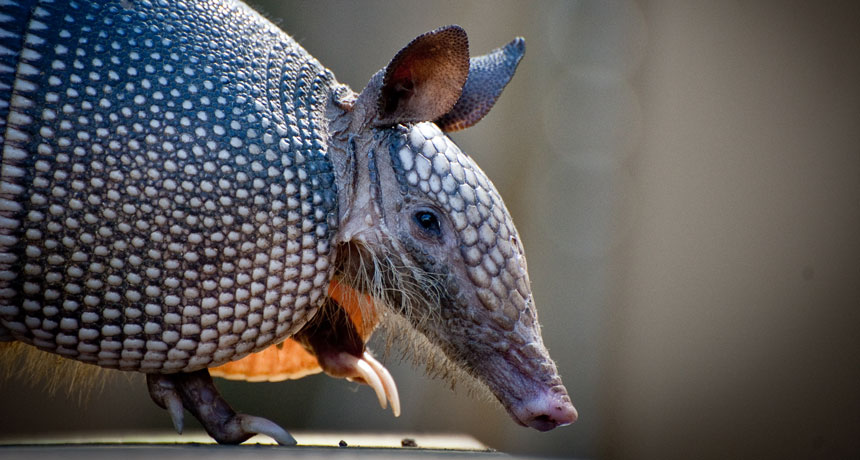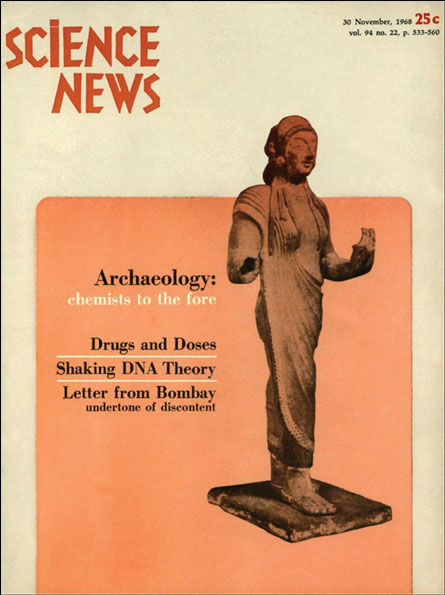50 years ago, armadillos hinted that DNA wasn’t destiny
Excerpt from the November 30, 1968, issue of Science News

SCALY SCIENCE Nine-banded armadillos have their offspring four at a time, each genetically identical. But scientists now know that identical DNA isn’t everything.
Heiko Kiera/shutterstock
 64 armadillos threaten a theory —
64 armadillos threaten a theory —





